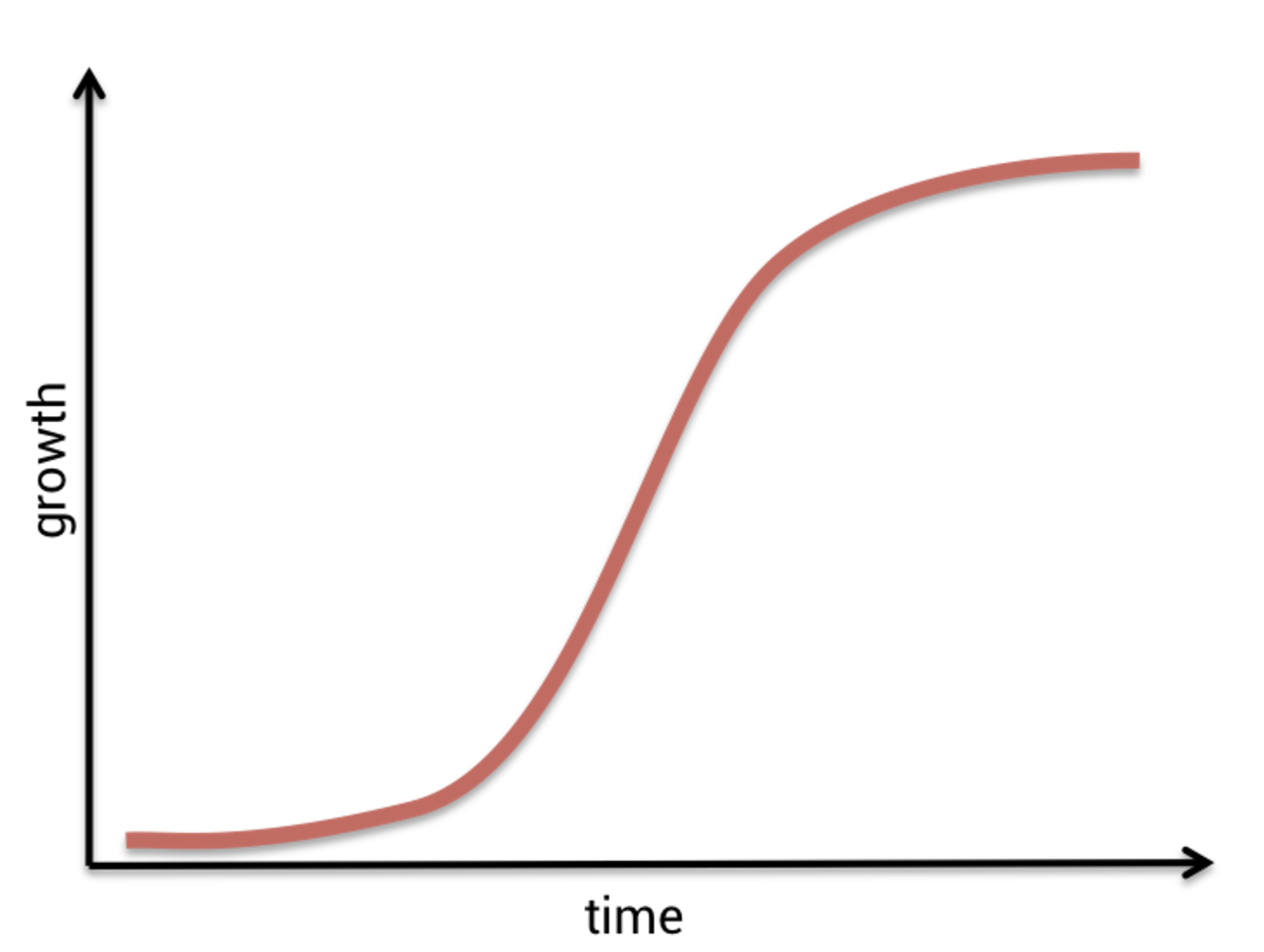Punctuated Equilibrium , Tipping point, Growth
This article is Part 2 in a 3-Part Series.
- Part 1 - 80/20 Pareto Principle
- Part 2 - This Article
- Part 3 - Law of Returns
Introduction
Technology changes drives growth and prosperity. These changes however are not linear. They may have long periods of inactivity followed by short, sharp periods of growth. Any changes that will become significant gives plenty of warnings.
Technological transformations follow some predictable patterns despite their apparent predictability.
Punctuated Equilibrium , Tipping point, and increasing returns
Punctuated equilibrium states that evolution consists of long periods of stability , punctuated by short periods of rapid transitions.
Technology is the main determinant of long-term growth everywhere. Besides opening new possibilities, and creating new needs, technology provides more for less; as well as driving up standards , it lowers costs dramatically.
The long gestation period
New changes do not take off immediately on invention. Instead, they spend years lurking around in the profitless limbo of the enthusiast and the pioneer before exploding into mass markets. Changes do not happen out of a blue sky. There is a warming up or pre-punctuation gestation period when the change is apparent to alert eyes and yet has not happened.
- The potter’s wheel was invented before 1500 BC, but only applied to spinning 2500 years ago
- Eye glasses were invented in 13th century but only exploited on a mass scale in modern times.
How changes spread - Plague theory
Plague theory charts how infectious disease spread. This theory is apt for understanding the the growth of new changes very well. The formula for projection is :
\[\mathsf { x = \frac {f}{1-f}}\]where :
- x is the factor by which to measure growth
- f = percentage of the relevant population with the plague
- 1-f = percentage of population not infected with plague.
This function graphs to S curve. What this means is that proportion of the population affected by the plague will grow rapidly and at an accelerating pace, then will reach a point of inflection , and slow down.

Tipping Point
The point at which the rapid acceleration begins is known as the Tipping point.
The idea of the tipping point is very valuable if you are trying to launch a new technology or product, or trying to assess what impact someone else’s innovation will have.
The key point is that at no stage is effort or expense proportional to result.
Microsoft’s profit was tiny for first 10 years. But once the tipping point was reached, around 1985, they exploded.
Most innovations fail. To buck the trend they have to pass the tipping point to reach the mainstream market. Acceleration is the key. Unless a new product or technology is accelerating, it’s unlikely to make it.
Insights on growth
An extreme example of growth is Big Bang which was responsible for the start of the universe. Creation of any sort involves exponential growth. One interesting point is that we don’t need to start big. In fact, you can start extremely small. If the universe can start with something so small that we can’t imagine it, and expand to its current equally unimaginable size, then the initial size of a new business is totally irrelevant.
The key requirement is a period of exponential growth, followed by a longer period of linear growth.
Some non linearity related to entrepreneurs
Say’s law of economic arbitrage
The entrepreneur shifts economic resources out of an area of lower productivity into an area of higher productivity and yield.
Freud’s reality principle
The reasonable man adapts himself to the world; the unreasonable man persists in trying to adapt the world to itself. therefore all progress depends on the unreasonable man
The successful entrepreneur
The book of Genesis and theory of Big Bang agree on one point: there was only one genuine creation in the whole of history. Thereafter progress means rearranging the pieces. There is nothing new under the sun.
True entrepreneurs don’t expect market research to tell them what to do. They have a vision of how to do something better and different , they work out how to do more with less , they shift resources from low- to high value uses, and they are persistent and unreasonable until the world has conceded their point.
Everyone can be a successful entrepreneur, if they can spot an under-utilized resource and move it to a higher value context.
This article is Part 2 in a 3-Part Series.
- Part 1 - 80/20 Pareto Principle
- Part 2 - This Article
- Part 3 - Law of Returns

Leave a Comment